Rice flour is made from rice that's been ground up really fine, and people all over the world love it, especially if they need to eat gluten-free. It is a great alternative to wheat flour and here I'll show you what you can do with it, why it's good for you, and even how to make it at home!
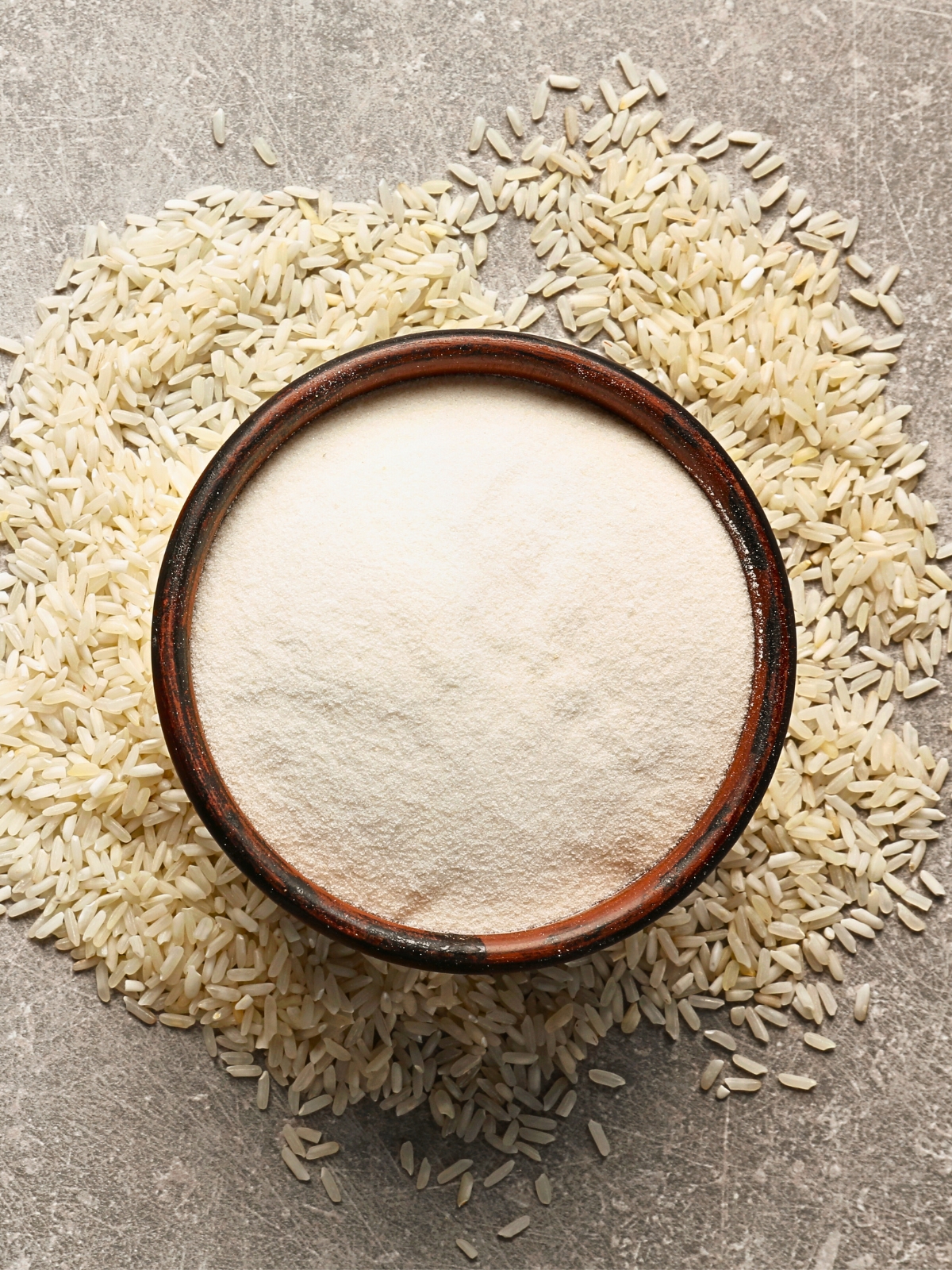
Jump to:
🌾 Grain Highlights
- Below, I cover the basics, touching on the unique flavors and textures of white, brown, black rice, and sticky rice flour. I also share how each type can improve your cooking, whether you're into gluten-free meals or classic recipes.
- I also share the methods of making rice flour—wet, dry, and semi-dry milling—and how they affect the flour's quality and the outcome of your dishes. I also added tips for using rice flour to thicken sauces, fry foods, and bake!
- If you want to make glutinous rice flour at home - I also added step-by-step information on how to make it and advice on how to store it! If you are looking to make white rice flour, you can find my recipe here: how to make rice flour.
🍚 What is Rice Flour?
Rice flour, also known as rice powder, comes from ground-up rice. It's a staple in many kitchens around the world, especially in Asia. Its flavor is subtle, and the texture can vary from fine to gritty, depending on the type.
There are two main kinds: the white one from polished rice and the brown one from whole grain rice. Each type brings something different to recipes.
White rice flour is great for making light and crispy tempura batter or for frying foods. Brown rice flour adds a nutty taste and is often used in baking.
If you are looking for a white rice flour substitute - I got you covered! And I have also shared great alternatives for brown rice flour.
🔠 Types of Rice Flour
This flour comes in different types, mainly white and brown, but the variety extends beyond these two! Each type serves unique purposes in cooking and baking, offering distinct flavors and textures that can enhance a wide range of dishes.
- White Rice Flour: Your secret weapon for light, fluffy textures, especially in gluten-free baking. Neutral in taste, it's incredibly versatile, perfect for everything from pancakes to sauce thickeners. I personally like using it in the batter for extra crispiness, sometimes mixing it with corn flour.
- Brown Rice Flour: More than just a nutritious alternative, this adds a slight nutty flavor and extra nutrients to your meals, thanks to its whole grain origin. It's perfect for more filling, wholesome recipes. According to Verywell Fit, a serving of brown rice flour contains around 31 grams of whole-grain carbohydrates, therefore, providing complex carbs.
- Glutinous Rice Flour: Despite its name, it's gluten-free and ideal for creating that chewy texture we love in Asian sweets like mochi. It's also great for thickening sauces to a glossy perfection. A must-try for homemade mochi fans.
- Black Rice Flour: Not only is it a nutritional giant, packed with antioxidants, but it also adds a unique, slightly sweet taste and a pop of purple to your dishes. It's a fantastic way to make your baked goods stand out, both in flavor and appearance.
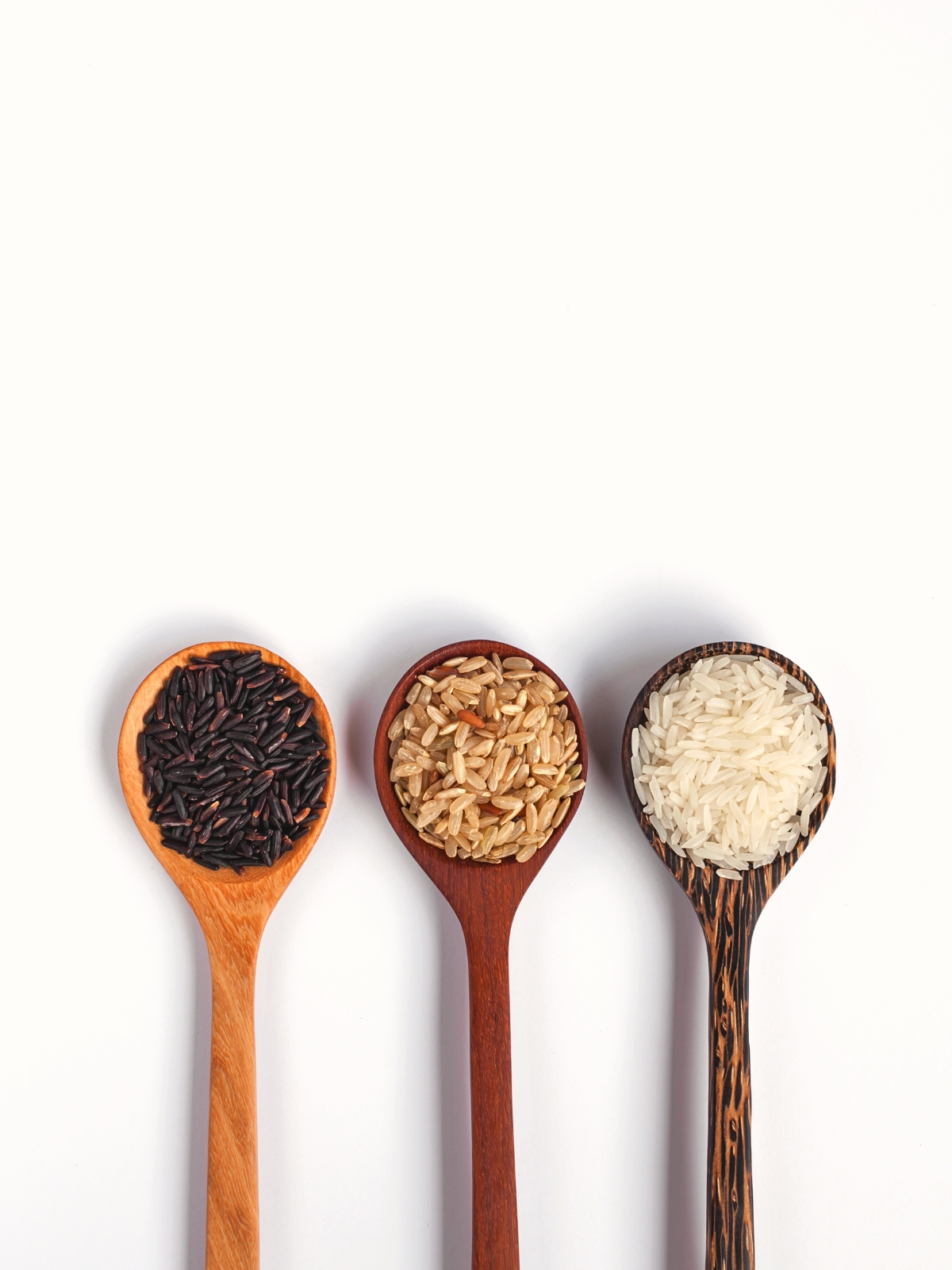
⚙️ Production Process
It is produced by transforming rice grains into a fine powder. This transformation, known as flour milling, employs age-old traditions and modern advancements to cater to diverse culinary needs.
Traditional vs. Modern Milling Methods
- Traditional Milling: This method has its roots in ancient practices, where rice is soaked in water to soften the grains. After soaking, the rice is ground manually, using tools such as stone grinders. This process not only grinds the rice but also allows some of the surface starch to be removed, which can affect the texture of the flour.
- Modern Milling: Leveraging cutting-edge machinery, modern milling achieves a more consistent and finer texture of rice flour. Machines can finely tune the grinding process, ensuring uniformity in particle size, which is crucial for specific culinary applications.
Factors for Quality and Texture
- Type of Rice
- The choice of rice—whether white, brown, or black—plays a significant role in determining the flour's nutritional content, flavor, and color. Each type lends itself to different culinary uses, influencing the texture and taste of the final product.
- Milling Process
- Wet Milling: This method starts with soaking the rice, a technique that's especially popular in Korea. It results in a finer and smoother flour, ideal for baking delicate cakes or making traditional Korean steamed rice cakes like tteok. You'll appreciate the light and airy texture it adds to desserts.
- Dry Milling: This method doesn't involve soaking, so the rice is ground dry, resulting in a coarser flour. I like using it to add a bit of texture to my homemade bread and to make crispy coatings for fried foods! Its grainier texture adds an interesting dimension to your cooking.
- Semi-Dry Milling: Mixing the best of both worlds, this approach gives you flour that's versatile enough for a wide range of recipes. Use it to experiment with everything from thickening sauces to making noodles! It's great when you're looking for that perfect balance in your dish's texture.
According to Frontiers in Sustainable Food Systems, the rice milling process significantly influences the final products' quality and texture, offering insight into the utilization of byproducts in agricultural applications and alternative food production systems.

👩🏻🍳 Culinary Uses
Rice flour's versatility shines in its culinary uses. From traditional dishes to modern treats, discover how it can transform your cooking.
1. Gluten-Free Baking Alternatives
Rice flour is a cornerstone in gluten-free baking, offering a versatile base for creating everything from bread to pastries. I've found mixing it with other gluten-free flours like almond or coconut gives cakes and bread that perfect fluffy texture.
2. Thickening Agent for Sauces and Soups
Its fine texture dissolves seamlessly into liquids, providing a clear, lump-free consistency. Always try to mix rice flour with a little cold water before adding it to your hot liquid to prevent clumping - as you would with corn flour.
3. Coating for Fried Foods
If you're after a crispy coating for fried foods, swap out your regular flour for rice flour. Trust me, it makes for the crispiest chicken or fish you've ever had! Plus, it's a lighter option that doesn't sit heavy.
4. Regional Specialties and Traditional Recipes:
This flour is integral to many traditional recipes across various cultures. From Japanese mochi to Italian shortbread cookies, experimenting with it can introduce you to a world of flavors and textures. One personal favorite is using it in Korean tteok, where its ability to create a chewy yet soft texture truly shines.
🙋♀️ People Also Ask [FAQs]
Substituting rice for wheat flour depends largely on what you're cooking or baking. Rice flour is great for gluten-free dishes and adds a unique texture, but lacks gluten's binding qualities needed for bread. It's ideal for thickening sauces, frying, or some baking. For those looking to make this substitution, I encourage you to read my detailed article on Rice Flour Substitutes to fully understand how to use it effectively in your kitchen.
To maximize the shelf life of rice flour, keep it in a tightly sealed container in a cool, dry place. According to Whole Grains Council, if stored properly in airtight containers, most whole grain flours and meals will keep for 1 to 3 months on a cool, dry pantry shelf or 2 to 6 months in the freezer. Always check for signs of spoilage, like an off smell or moisture, before use.
For the ultimate crispy coating, ensure your rice flour is dry and the goods to be fried are patted down to remove excess moisture. Heating your oil to the correct temperature (typically between 350°F - 375°F or 175°C - 190°C) is critical. Foods coated in it should be fried as soon as the flour is applied to prevent it from getting soggy.
🍽️ Recipe
How to Make Glutinous Rice Flour at Home
Equipment
- Blender or Food Processor
- Strainer
- Fine Linen Cloth (such as cheesecloth or a fine muslin cloth)
- Airtight container for storage
Ingredients
- 2 cups Glutinous Rice Sticky Rice or Sweet rice
- Water for soaking and blending
Instructions
- Begin by washing the glutinous rice under cold water to remove any impurities and rice dust.
- Soak the rice overnight in 1.5 cups of water. This step ensures that the rice is sufficiently hydrated, making grinding easier.
- After soaking, drain the rice and add it to the blender with ¼ to ½ cup of fresh water or as needed. Blend until you get a smooth paste.
- Line a fine mesh strainer with a fine linen cloth and place on top of a large bowl.
- Pour the blended rice mixture through it. Gather the edges of the cloth and lightly cover the top of the rice mixture with it.
- Let the mixture sit in the strainer for 30 minutes to an hour. The water will naturally drain into the bowl.
- Then, place a heavy object, like a bowl or small pan, on top to apply pressure and help release the rest of the water. Leave it for a minimum of 8 hours to overnight.
- Once the water is completely drained, open the cloth to find the hydrated rice flour.
- Break it into small pieces to help it dry more easily. Spread these on a baking sheet if you’re sun-drying, or prepare for oven/dehydrator use.
- For sun drying, ensure it’s a hot, sunny day. For oven drying, set to the lowest setting, ideally around 150°F (65°C), and check periodically until it is completely dry.
- Break or rub the dried flour to crush any lumps, then sift through a fine mesh sieve to collect the fine powder.
- For best freshness, store the flour in an airtight container at room temperature for up to a month or in the freezer for up to three months.
Notes
- A fine muslin cloth or cheesecloth is recommended for its tight weave, ensuring only the finest particles pass through.
- Sun drying is the traditional method, but using an oven or a dehydrator gives you control over the drying process, which is crucial for humid climates. The drying process is an important step to prevent mold.
- Keeping the flour in a cool, dark place extends its shelf life, preserving its freshness and preventing spoilage.

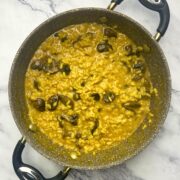

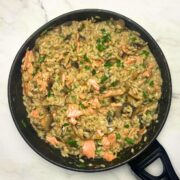
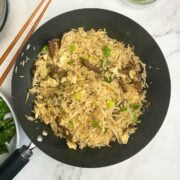
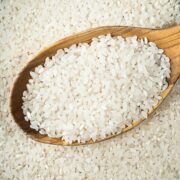
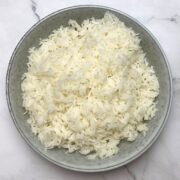
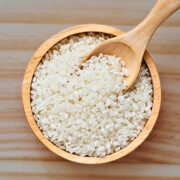
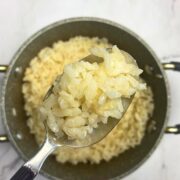
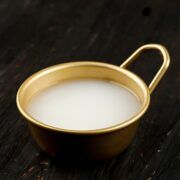
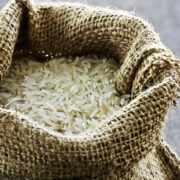
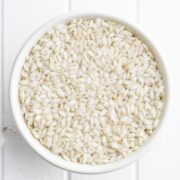

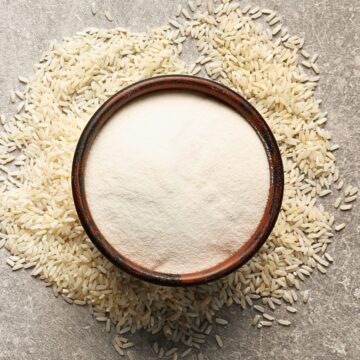

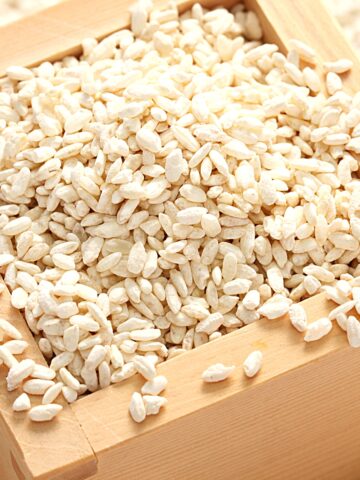
Leave a Comment